How to Pick the Right Weight: Your Total Guide

Not sure which weights you should be heading for? You’re in the right place.
One of the most frequently asked fitness questions is “How heavy should I be lifting for this exercise?” And the answer isn’t exactly straightforward. We want to make the most of our precious training time — lift too light and we may not see progress as quickly as we’d like, lift weights beyond our capabilities and our risk of injury increases.
Here’s a step-by-step guide to ensure you can confidently pick the right weight for you.
1) Pick a Weight to Suit Your Exercise
The exercises in your program will dictate the weight that you use. It will often take some trial and error to find the perfect weight - start with lighter weights and gradually increase them to find the right amount of weight, instead of starting with weights that are too heavy and risking injury.
If you’re new to lifting and using dumbbells:
- Lower Body Exercises: For deadlifts, squats, and carries etc. Pick a heavy pair of 15-20kg for men, 10-15kg for women.
- Upper Body and Full Body Exercises: For chest press, overhead press, bent over rows, cleans and snatches etc. Pick a medium pair of 15-25kg for men, 5-12.5kg for women.
- For Accessory Exercises: For dumbbell curls, lateral raises and skull crushers etc. A lighter pair of 8-12kg for men, 2.5-7.5kg for women.
If you’re new to lifting and using barbells:
Always start with an empty bar (20 kg for men, 15 kg for women) for your warm-up set just to practice the movement pattern. Add enough weight plates to replicate the weight you would usually complete the exercise with dumbbells - use that as your starting point.
2) 10 Reps and Assess
For each exercise, complete 10 reps or the programmed reps in your exercise plan at your chosen weight.
At the end of your first set, you should feel like your targeted muscle(s) have worked hard but haven't reached failure. This means that you aren’t breaking the correct exercise form and could still be able to push out another 2-5 reps.
From this, you should be able to adjust your weight accordingly.
3) Progress
Follow this step-by-step guide and you’ll quickly find the sweet spot with your weight choice.
Over time, as you complete your weekly programme, your weight choice will become easier. At this point, it’s important to continuously progressively overload your muscles to see strength and muscle gains. This can be achieved by increasing weight, increasing volume (reps and sets) and implementing different tempos.



